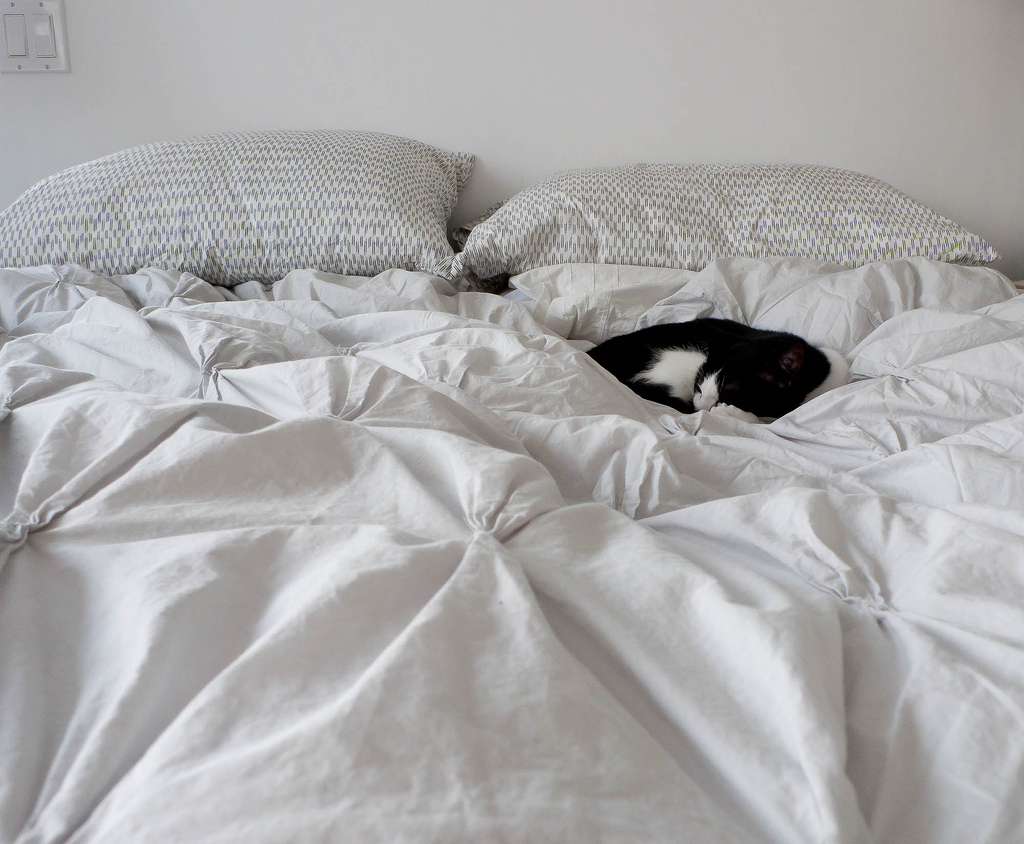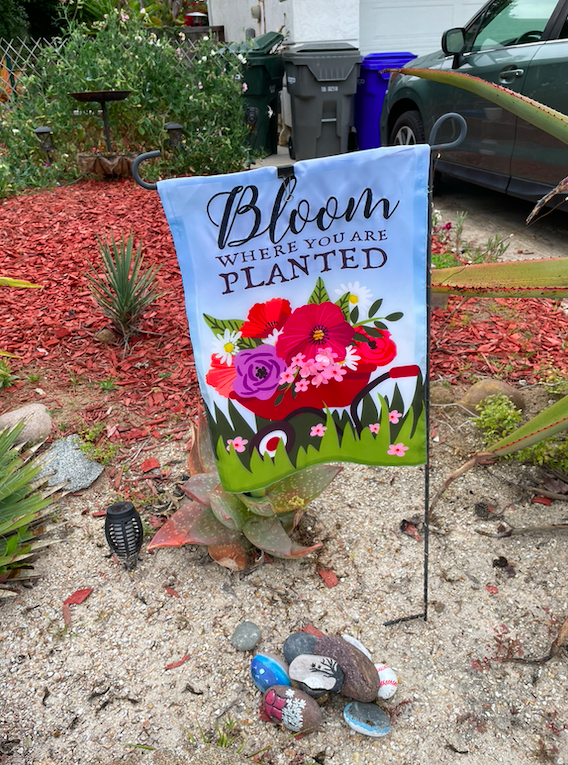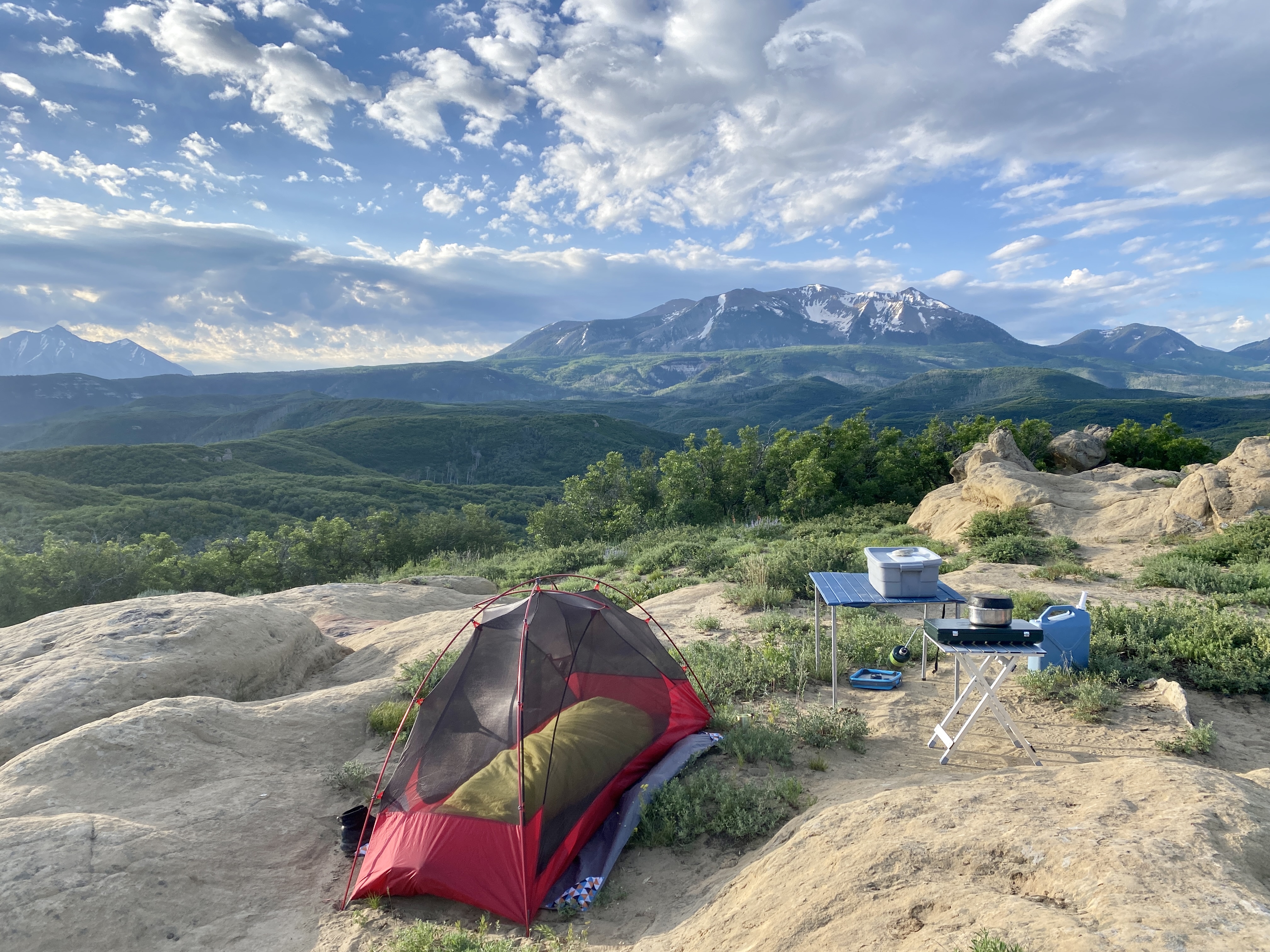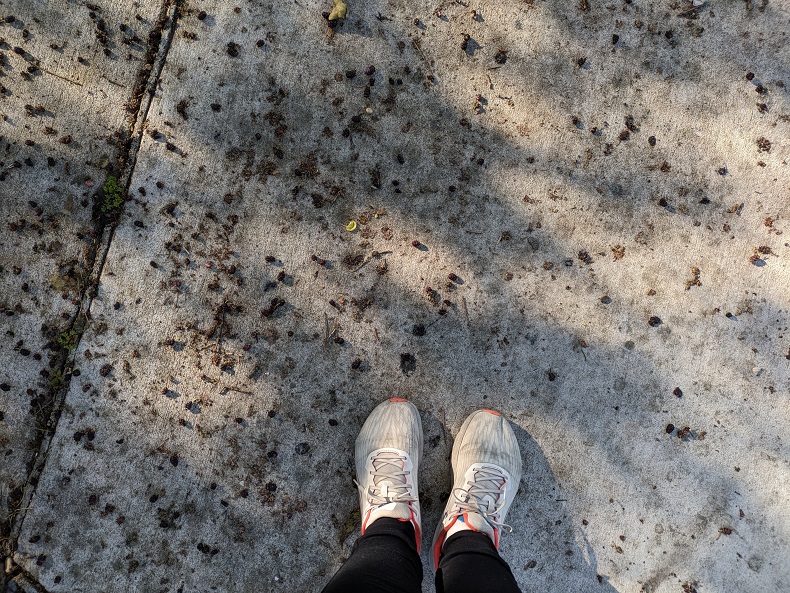
This past weekend, I climbed Glacier Peak with a friend of mine. Glacier Peak is Washington’s fourth-highest mountain, and also one of the state’s five stratovolcanoes. (Perhaps you’ve heard of one of the others; I know I have.) What distinguishes Glacier Peak among its volcanic kin is its remoteness. It is at the eastern edge of Snohomish County, and you can’t see it from any of the major highways and byways unless you really know where to look. Also, the approach to the start of the standard climbing route is at least twelve miles long, depending on where you set up your high camp. Some of this hike is through lovely cool evergreen forest, and some of it is through lovely open alpine meadows, but a lot of it is just up up up a series of unrelenting switchbacks. Then, of course, there is the climb itself: five miles and four thousand feet of glacier and mountain until you reach the summit.
All of which is to say that, for me, there is a fair amount of slow trudging. I wish I could claim this gave me a chance to savor the sights, sounds, and smells of the various habitats I trudged through. Instead, when I trudge, my mind inevitably finds a musical figure to play over and over and over, so that my steps can serve as a metronome, since they are, after all, already ploddingly metronomic.
I trained as a classical pianist when I was younger, and for the longest time the piece I turned to for extended trudges was Beethoven’s 32 Variations in C minor. The theme, just eight measures long, is a haughty melody over stern chords that descend a chromatic scale, but the first three variations are comparatively light and quick, as those chords are arpeggiated with repeated notes and then exchanged between the hands. These variations could accommodate a range of walking speeds, my steps falling on various beats as the needs of my heart and lungs dictated.
Beethoven served me well on hikes and climbs and treks for years. But I’m older now, and slower, so for Glacier Peak my mind added a new piece to its repertoire: J.S. Bach’s Prelude in F minor from Book I of The Well-Tempered Clavier. I was primed, having just started learning the piece a couple of weeks before after hearing it on a commercial or podcast or something. But it suited the trip well: it is slow, smooth, and somewhat plaintive, while also, in its way, relentless, an exercise in quiet perpetual motion. Playing it, you never really get a chance to stop and collect yourself; Bach is always asking one hand or the other to keep the steady pace of sixteenth notes. Oh, you might pause slightly, bring some thought to its conclusion, but by then the next phrase has already begun. One writer described the piece as having an “awe-inspiring sense of inevitability.” Maybe there’s a metaphor in that, or maybe it’s the elevation getting to me, but the notes keep moving, and moving, the tension building, breathless almost, until, before you know it, there you are, at that loveliest of closes: the Picardy third. And the view isn’t bad, either.

Photos by the author








